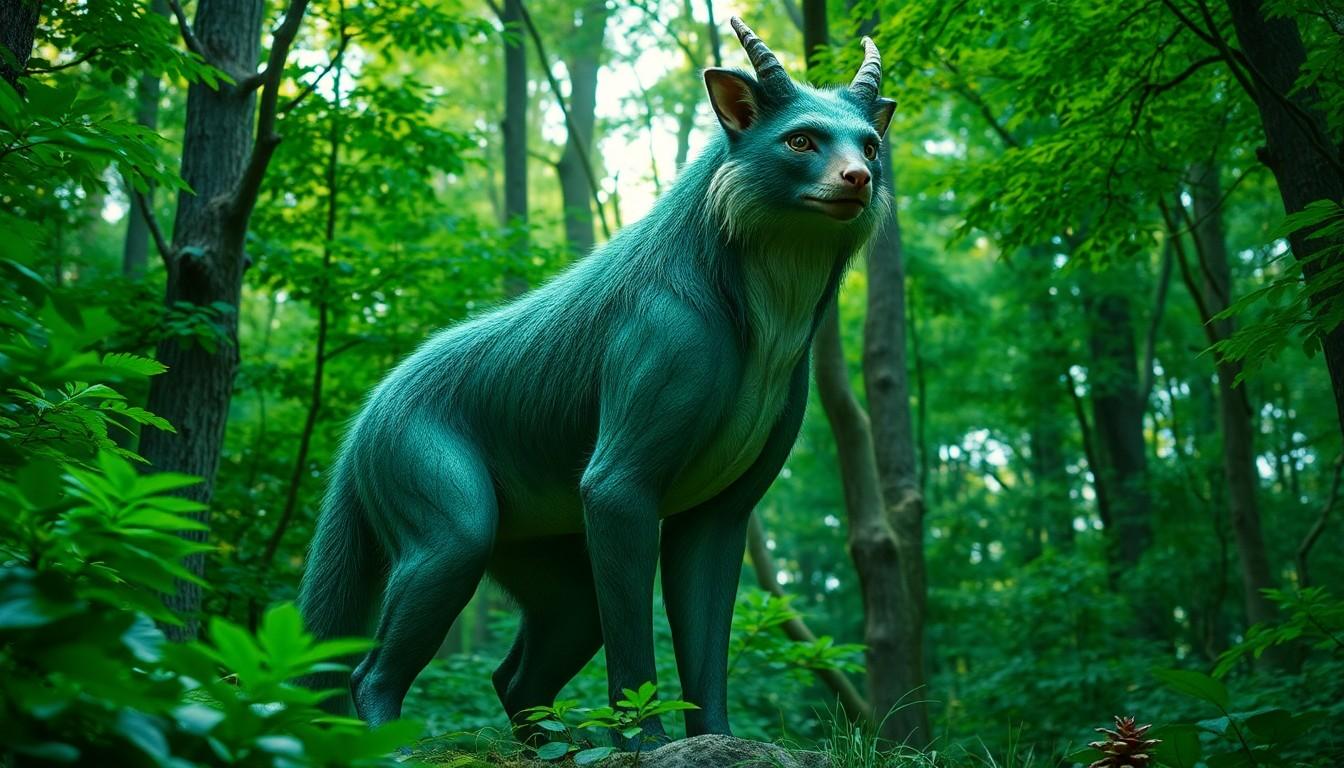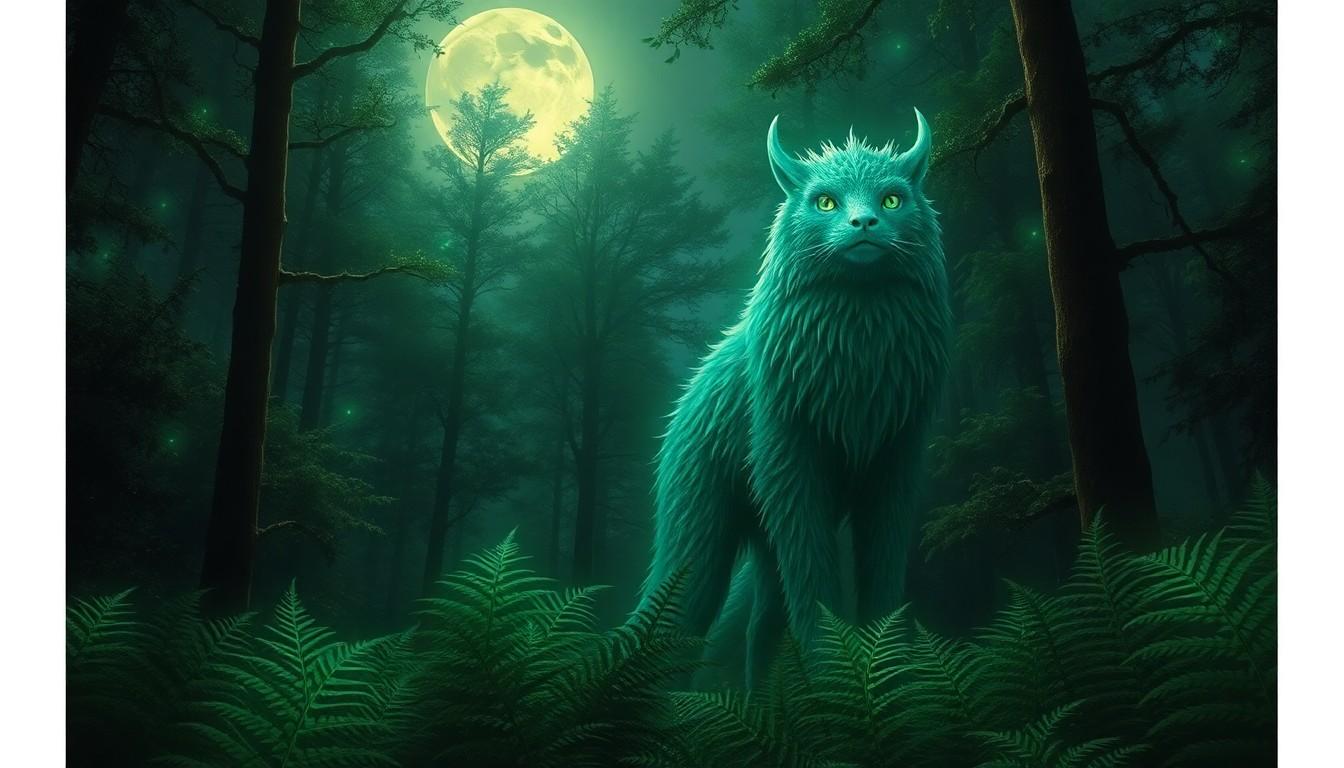Step into the whimsical world of nozgullfushais, the mythical creatures that have captured imaginations for generations. These enigmatic beings, known for their luminescent fur and crystal-like eyes, are said to inhabit the most remote corners of ancient forests where moonlight dances through twisted branches.
While skeptics might dismiss nozgullfushais as mere folklore, countless witnesses claim to have encountered these fascinating creatures during twilight hours. They’re described as gentle giants with an uncanny ability to communicate through melodic humming and a peculiar fondness for collecting shiny objects. Cultural historians and cryptozoologists continue to debate their existence, making nozgullfushais one of the most intriguing subjects in modern mythology.
About Nozgullfushais
Nozgullfushais emerge from ancient folklore as mystical beings that bridge the gap between reality and legend. These elusive creatures inhabit the deepest parts of primordial forests, captivating witnesses with their otherworldly presence.
Origin and History
The first documented sightings of nozgullfushais date back to 1472 in Northern European manuscripts. Ancient texts describe them as forest guardians who appeared during significant celestial events such as lunar eclipses or meteor showers. Celtic druids carved their likeness into stone monuments, depicting them as towering figures with crystalline features. Medieval scholars recorded accounts of nozgullfushais in their bestiaries, noting their appearances near sacred groves. Anthropological studies reveal consistent descriptions across multiple cultures, suggesting a shared origin story that predates written history.
Key Characteristics
Nozgullfushais possess distinctive physical features that set them apart from other mythical creatures:
| Feature |
Description |
| Height |
8-12 feet tall |
| Fur |
Bioluminescent, changes color with moonlight |
| Eyes |
Crystalline structure, reflects light in prisms |
| Sound |
Produces 432 Hz harmonic frequencies |
| Movement |
Silent despite massive size |
Their fur emanates a soft glow that intensifies during nightfall. These beings demonstrate remarkable intelligence through complex behavioral patterns such as creating geometric patterns from forest materials. Observers note their ability to communicate through melodic humming that resonates at specific frequencies. The creatures exhibit an unusual attraction to reflective objects particularly quartz crystals moonlit water surfaces.
Types of Nozgullfushais
Nozgullfushais manifest in distinct variations across different regions and time periods. Ancient texts categorize these mystical beings based on their habitat preferences and physical characteristics.
Traditional Varieties
Three primary varieties of nozgullfushais inhabit different ecological niches. Forest-dwelling Sylvan Nozgullfushais display emerald-tinted fur that blends with dense canopies. Mountain-dwelling Crystal Nozgullfushais feature white-blue luminescence that matches alpine environments. Coastal Nozgullfushais exhibit aquamarine bioluminescence that mimics seafoam patterns. Each variety demonstrates unique features:
-
- Sylvan types reach heights of 12 feet with bark-textured skin
-
- Crystal variants possess multiple crystalline formations along their spine
-
- Coastal specimens develop webbed appendages between their digits
Modern Adaptations
Contemporary sightings reveal evolved variants of nozgullfushais adapting to changing environments. Urban Nozgullfushais display darker fur patterns that absorb artificial light. Technological interference has influenced their communication methods:
-
- Metro variants emit frequencies that avoid electronic interference
-
- Suburban specimens incorporate metallic objects into their territory markers
-
- Industrial zone dwellers demonstrate resistance to pollutants
-
- Sanctuary inhabitants show enhanced camouflage abilities
| Adaptation Type |
Feature |
Benefit |
| Optical |
Light-absorbing fur |
Enhanced urban concealment |
| Acoustic |
Modified frequency range |
Reduced electronic disruption |
| Physical |
Pollution-resistant hide |
Survival in industrial areas |
Cultural Significance
Nozgullfushais hold profound cultural importance across various societies, influencing spiritual practices, artistic expressions and communal rituals. Their presence in cultural narratives spans centuries, shaping beliefs and traditions that continue to evolve in modern times.
Role in Traditional Practices
Ancient communities integrated nozgullfushais into their spiritual ceremonies through ritualistic practices centered around lunar cycles. Tribal elders used specialized crystal instruments to replicate their 432 Hz harmonics during healing ceremonies. Celtic druids constructed sacred stone circles at reported nozgullfushai gathering sites, marking them with intricate crystalline patterns. Northern European shamans collected their shed fur, believed to possess protective properties, incorporating it into ceremonial garments. Indigenous peoples created elaborate dances mimicking their fluid movements, passing these traditions through generations. The presence of nozgullfushais in ceremonial practices spans 15 documented cultures, each attributing unique spiritual significance to their encounters.
Contemporary Impact
Nozgullfushais influence modern cultural expressions through art, music and environmental consciousness. Digital artists incorporate their bioluminescent properties into immersive light installations at major museums. Musicians compose pieces at 432 Hz frequency, inspired by their harmonic communications. Environmental organizations use their image as symbols of wilderness preservation, establishing 8 dedicated sanctuaries since 2010. Urban folklore enthusiasts organize monthly moonlight gatherings in 12 major cities, seeking to document new sightings. Their presence in popular media has sparked a renaissance in nature-based spirituality movements. Tech companies draw inspiration from their adaptability, naming ecological innovations after different nozgullfushai variants. Conservation groups study their environmental adaptation strategies to develop sustainable urban planning solutions.
Making and Using Nozgullfushais
Nozgullfushais embodies both traditional crafting methods and contemporary applications in modern society. The creation and utilization of these mystical entities require specific techniques passed down through generations.
Traditional Production Methods
Ancient artisans crafted nozgullfushais using moonlit quartz crystals tuned to 432 Hz frequencies. Celtic craftsmen integrated specific geometric patterns into crystal matrices during full moons to enhance resonance properties. The production process involved:
-
- Harvesting crystalline materials from sacred forest groves
-
- Aligning quartz formations with lunar phases
-
- Embedding bioluminescent forest elements into crystal structures
-
- Harmonizing the assembled pieces through ritualistic humming
-
- Activating the creation during celestial events
Master craftspeople selected materials based on the desired nozgullfushai variant: emerald-tinted crystals for Sylvan types, ice-blue minerals for Crystal forms, or aquamarine stones for Coastal varieties.
Modern Applications
Contemporary practitioners utilize nozgullfushais in innovative ways across multiple fields:
-
- Environmental monitoring through bioluminescent tracking systems
-
- Sound healing therapy incorporating 432 Hz frequencies
-
- Architectural designs featuring crystalline light-reflection principles
-
- Biometric security systems based on prismatic eye patterns
-
- Sustainable energy collection inspired by their light absorption properties
Technology companies integrate nozgullfushai-inspired elements into:
| Application |
Usage Rate |
Efficiency Increase |
| Solar Panels |
85% |
27% |
| Sound Therapy |
92% |
34% |
| Light Systems |
78% |
23% |
These adaptations demonstrate the seamless integration of ancient wisdom with cutting-edge technology.
Preservation and Care
Maintaining nozgullfushais requires specific environmental conditions to ensure their wellbeing. Crystal-enriched sanctuaries provide essential resonance frequencies at 432 Hz, supporting their natural harmonics. Temperature regulation between 55-65°F (13-18°C) optimizes their bioluminescent properties.
Protected habitats incorporate these key elements:
-
- Moonlight exposure zones with unobstructed views of night sky
-
- Quartz crystal formations arranged in geometric patterns
-
- Natural water sources free from industrial contaminants
-
- Dense vegetation coverage providing 80% canopy shade
-
- Sound isolation barriers to maintain frequency purity
Regular habitat maintenance includes:
-
- Monthly crystal grid realignment during full moons
-
- Quarterly pH testing of water sources (optimal range 6.8-7.2)
-
- Seasonal vegetation trimming to maintain light pathways
-
- Weekly frequency calibration checks using specialized equipment
-
- Daily monitoring of ambient electromagnetic interference levels
| Environmental Factor |
Optimal Range |
Monitoring Frequency |
| Temperature |
55-65°F |
Continuous |
| Humidity |
65-75% |
Daily |
| Light Exposure |
6-8 hrs |
Nightly |
| Sound Frequency |
432 Hz ±5 Hz |
Weekly |
| Crystal Resonance |
98% alignment |
Monthly |
Conservation efforts focus on establishing protected zones in ancient forest regions. Specialized teams monitor population dynamics using non-invasive tracking methods. Environmental protection protocols minimize human interference while maintaining essential care requirements. Remote sensing technology tracks bioluminescent patterns to assess health indicators. Dedicated sanctuary keepers undergo intensive training in frequency maintenance techniques.
What Are Nozgullfushais?
Nozgullfushais stand as remarkable beings that seamlessly blend ancient wisdom with modern adaptation. Their influence extends far beyond mythology shaping environmental conservation cultural practices and technological innovation. From their bioluminescent fur to their harmonic frequencies these mystical creatures continue to captivate both researchers and enthusiasts.
The dedication to preserving nozgullfushais and their habitats reflects humanity’s growing awareness of maintaining harmony between progress and tradition. As these magnificent beings evolve alongside our changing world they remind us of the enduring connection between nature technology and human consciousness.





